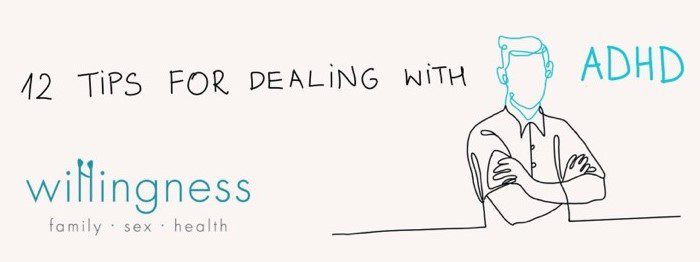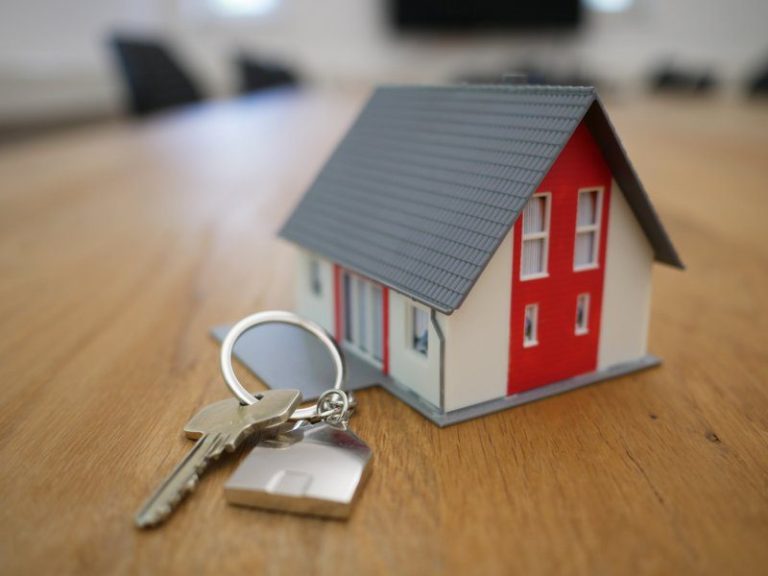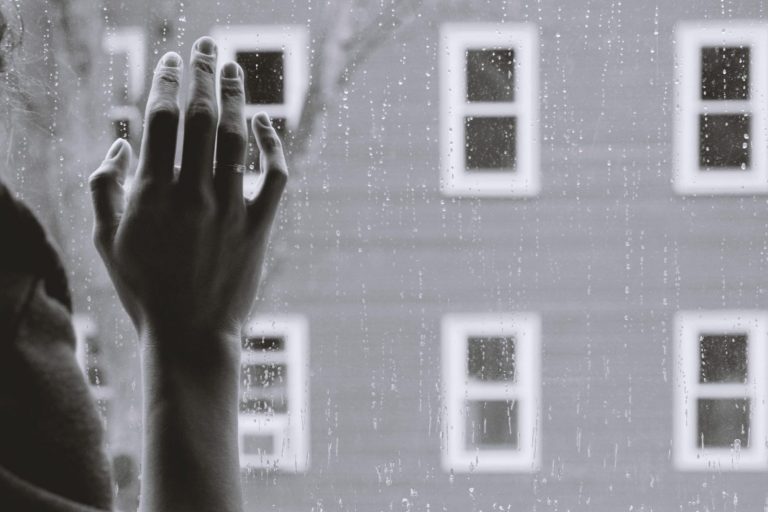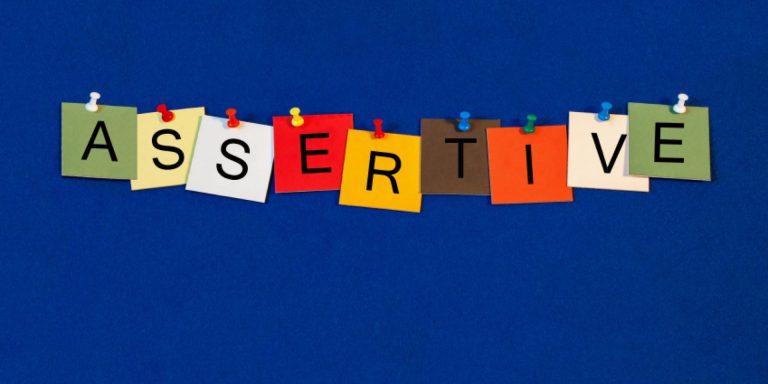What is Anxiety Disorder? | Part 2
In the first part of this blog, we discussed the difference between anxiety and an anxiety disorder, and the symptoms which one may experience due to anxiety disorder. It was also explained that there are different kinds of anxiety disorder and these differ from each other depending on the type of object or situation which may induce anxiety, fear, avoidance behaviour and associative thoughts or beliefs.
In this blog we will be delving into each different disorder further and taking a closer look at the characteristics of each one.
According to the DSM-5 (Diagnostic and Statistical Manual of Mental Disorders, 5th Edition, 2013), anxiety disorder is an umbrella term that includes the following conditions:
- Separation Anxiety Disorder
It is often characterised by an excessive and persistent fear or anxiety related to a separation from attachment figures, such as parents or significant others, where it is developmentally inappropriate. There can also be excessive worry about harm towards or about losing such figures. This can result in nightmares and also physical symptoms of distress. Symptoms are often developed in childhood, however can be expressed throughout adulthood.
- Selective Mutism
It is often characterised by a constant failure to speak in social situations, such as at school, even when the individual has the language skills and is able to speak in other situations, such as at home. This can interfere with normal social communication and social functioning, such as at school and at work.
- Specific Phobia
It is characterised by major anxiety or fear when exposed to a specific object, situation or activity which is generally not harmful. This can cause distress and one can go to extreme lengths to avoid this.
- Social Anxiety Disorder
This is also known as social phobia. Here, the individual experiences significant anxiety, fear, and avoids social interactions and situations. There is a fear and discomfort of being around unfamiliar people, and there is cognitive ideation of being negatively evaluated by others by being judged, embarrassed, humiliated, rejected or looked down on. Individuals may experience an extreme fear of public speaking, meeting new people, or eating and drinking in public. This can interfere with daily functioning.
- Panic Disorder
This involves repeated and unexpected panic attacks, which are considered to be episodes of panic where one experiences intense anxiety and fear, and it reaches a peak within minutes. During this, the individual experiences a feeling of impending doom, a fear of losing control or dying, and various physical symptoms such as breathlessness, chest pain, heart palpitations, vertigo, sweating, trembling and abdominal distress. Symptoms may go mis-recognised as they are similar to those of a heart attack or other life-threatening conditions. The individual may then be worried and fear that this could happen again, and thus avoid situations in which such attacks have happened.
- Agoraphobia
It is characterised by an intense fear or anxiety of being in situations where escape may be difficult or embarrassing, or help might not be available in the event of panic symptoms. The individual experiences fear and anxiety in two or more of the following situations: (1) using public transport, (2) being in open spaces, (3) being in enclosed spaces, (4) standing in line or being in a crowd, (5) being outside of the home alone. The fear is out of proportion to the actual situation and causes problems in functioning. Most often, such situations induce fear or anxiety, and the individual is actively avoidant of such situations and may require the presence of a friend.
- Generalised Anxiety Disorder
This involves persistent and excessive worry and anxiety about various domains in life that one may find difficult to control, for instance personal health, work, social interactions, school performance, and everyday daily life circumstances, such as chores or appointments. This ongoing worry may be accompanied by physical symptoms, such as restlessness, feeling on edge, being easily fatigued, difficulty concentrating or feeling blank, irritability, muscle tension and sleeping issues. This can cause significant problems in many areas of an individual’s life, and can therefore interfere with daily activities and functioning.
- Substance/medication-induced Anxiety Disorder
Substance intoxication or withdrawal, or medication treatment or withdrawal from treatment can trigger symptoms of anxiety disorder. Symptoms may include anxiety, nervousness, restlessness, panic, cognitive ideation that bad things will happen or that one will never get better, sleeping disturbances, concentration difficulties, fear of losing control over yourself and breathlessness, amongst other common anxiety symptoms. If the individual had anxiety before using the drug, even if symptoms escalated, it is not considered a substance-induced anxiety disorder.
Even though having an anxiety disorder may disrupt one’s daily functioning, there are ways of treating it. A number of effective treatments are available, and such treatments may include psychotherapy, CBT and medication. Through the right treatment, symptoms reduce and one may be able to regain control over their life and to lead a normal and fruitful life (Smith, Robinson & Segal, 2020).
Michela Aquilina is a trainee Gestalt Psychotherapist who is currently reading for a Masters in Gestalt Psychotherapy at the Gestalt Psychotherapy Training Institute Malta (GPTIM) and is working as a Trainee Gestalt Psychotherapist with Willingness Team. Michela offers therapy to young adults and adults who are experiencing various challenges and issues relating to mental health and psychosocial, emotional wellbeing.
References
American Psychiatric Association (2013). Diagnostic and statistical manual of mental disorders (5th ed.). Retrieved from: https://cdn.website-editor.net/30f11123991548a0af708722d458e476/files/uploaded/DSM%2520V.pdf
Smith, M., Robinson, L. & Segal, J. (2020). Anxiety disorders and anxiety attacks. HelpGuide. Retrieved from: https://www.helpguide.org/articles/anxiety/anxiety-disorders-and-anxiety-attacks.htm







